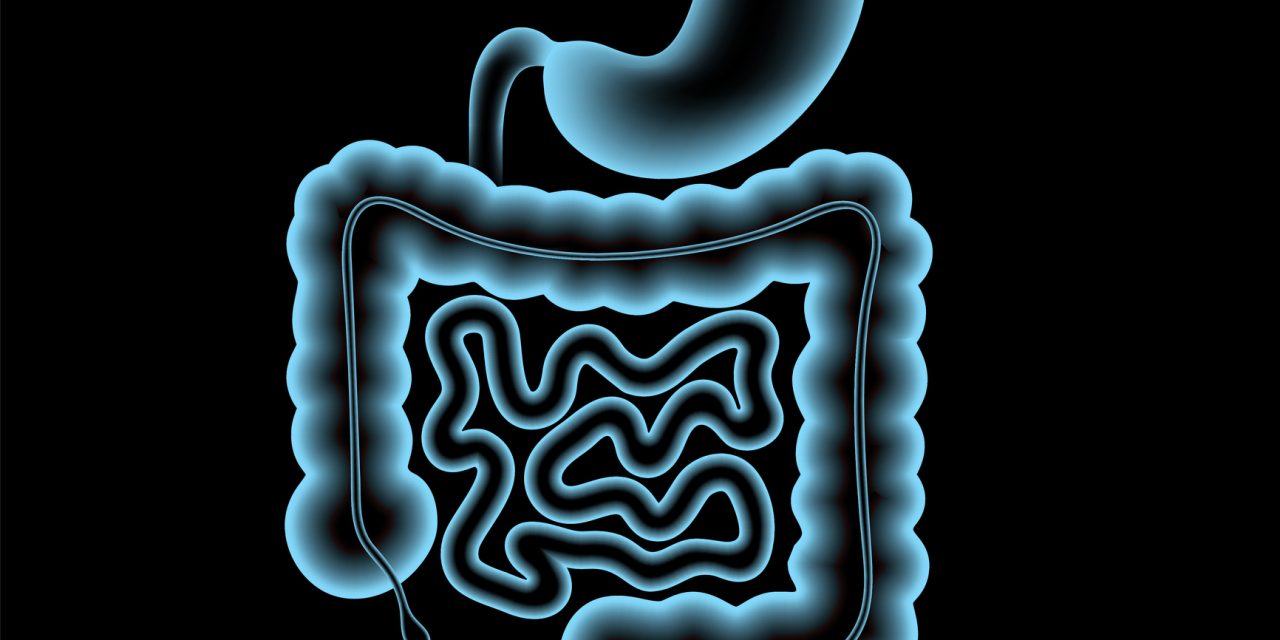This study aimed to reproduce the characteristics of original adenocarcinoma tumors in vitro. The pancreatic cell line, SUIT-58, derived from a moderately differentiated adenocarcinoma of metastatic pancreatic cancer was used. The cells have a sheet structure in conventional cell culture without forming glands or exhibiting mucin production in the lumen. First, the necessity of scaffolds to create an adenocarcinoma-like microenvironment for SUIT-58 pancreatic cancer cells was assessed. Compared with conventional culture plates, the use of type I collagen as a scaffold played an important role in the formation of densely congested microvilli, as observed through scanning electron microscopy. As gland formation is one of the features of adenocarcinoma, we also assessed gland formation. Use of a recently developed three-dimensional culture system with air exposure resulted in the formation of large cell spheres possessing cribriform glands, which released mucin into the lumen. Transmission electron microscopy also revealed the formation of microvilli in the lumen of the glands and junctional complex at the intercellular part, which were similar to those observed in xenografts. These findings indicate that an in vitro three-dimensional culture system with air exposure reflects the intrinsic features of the original tumor, suggesting that this culture system could be useful for preliminary research of certain cancers.© The Author(s) 2020. Published by Oxford University Press on behalf of The Japanese Society of Microscopy. All rights reserved. For permissions, please e-mail: journals.permissions@oup.com.
Three-dimensional culture of a pancreatic cancer cell line, SUIT-58, with air exposure can reflect the intrinsic features of the original tumor through electron microscopy.


